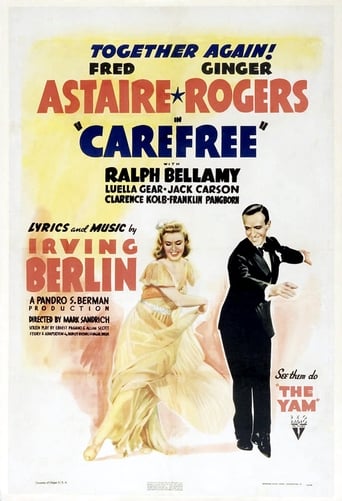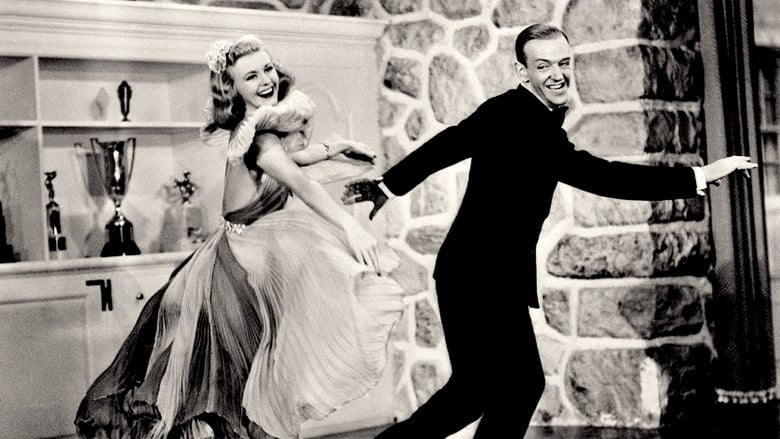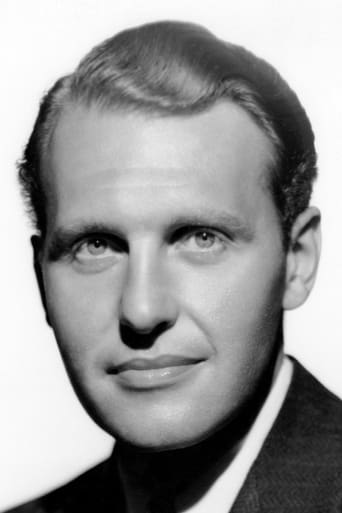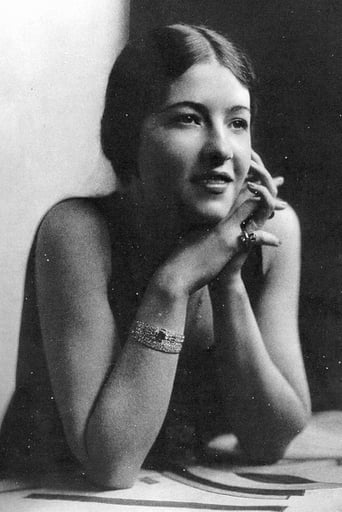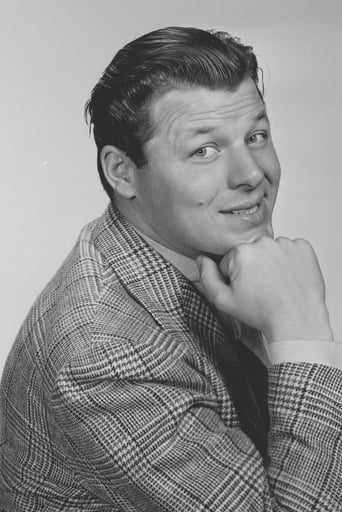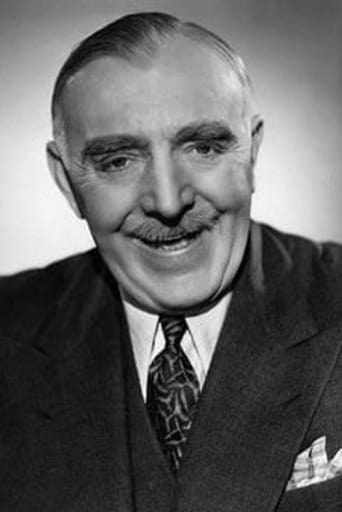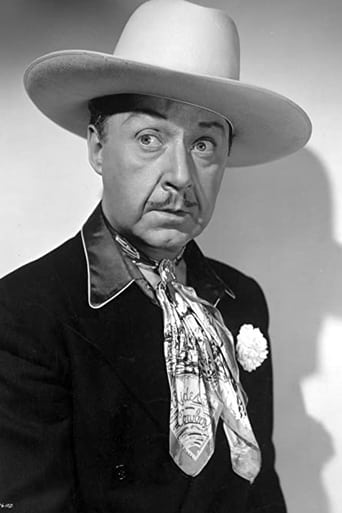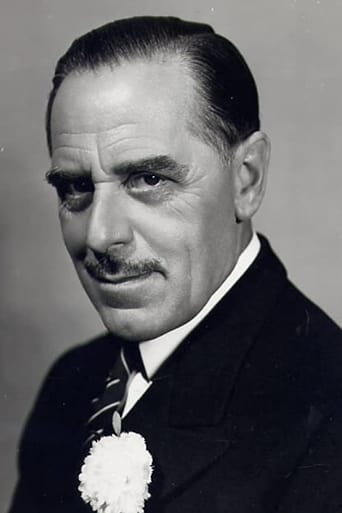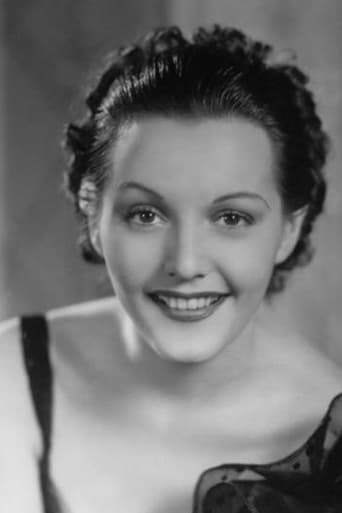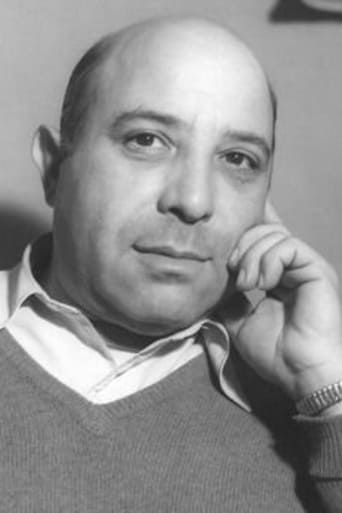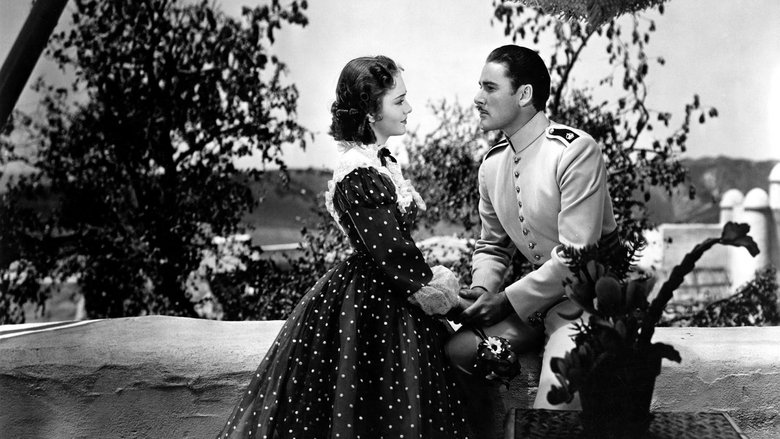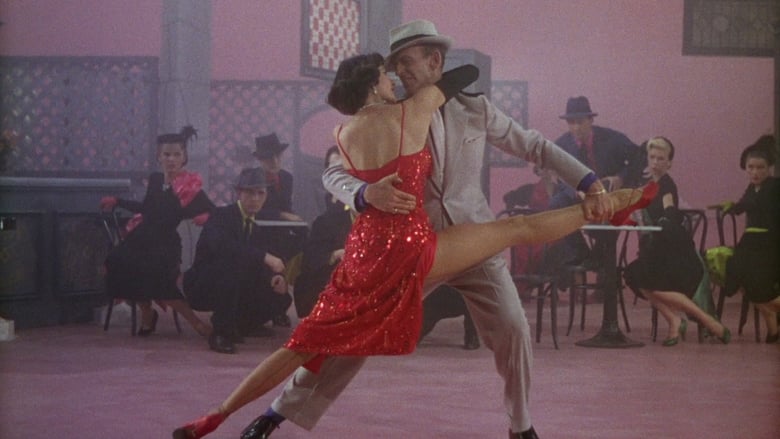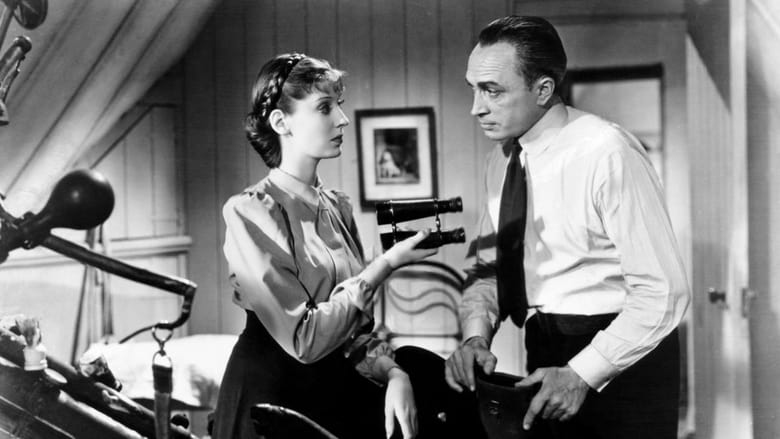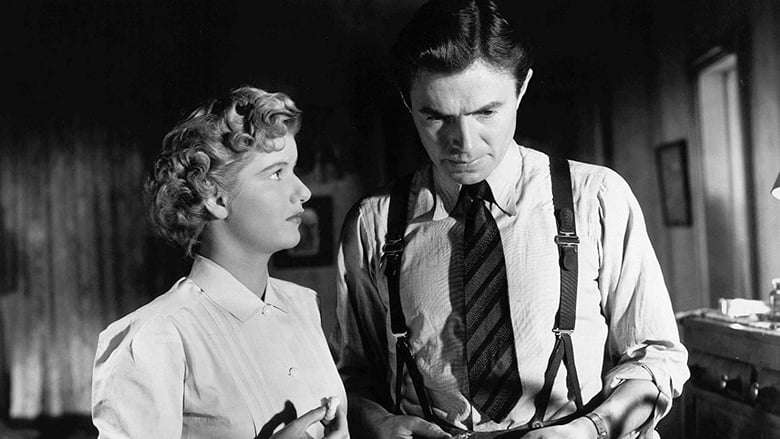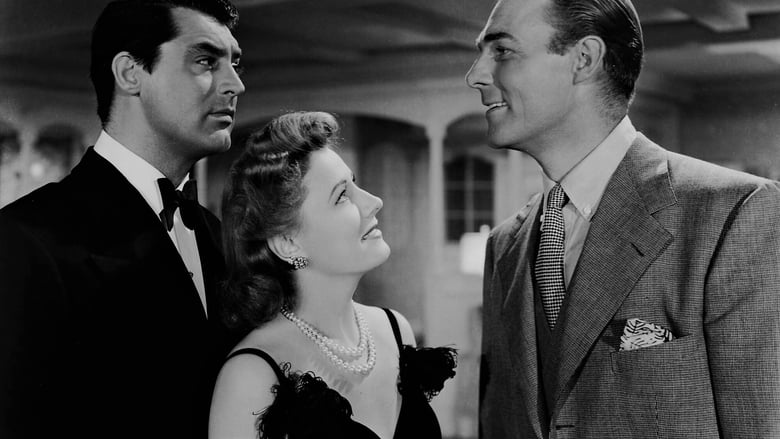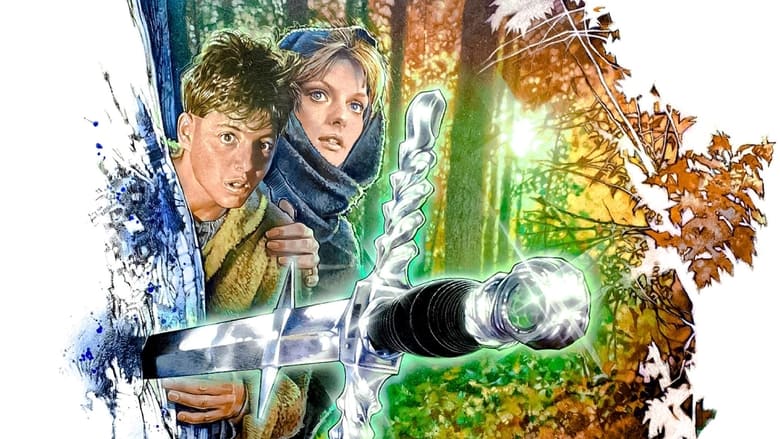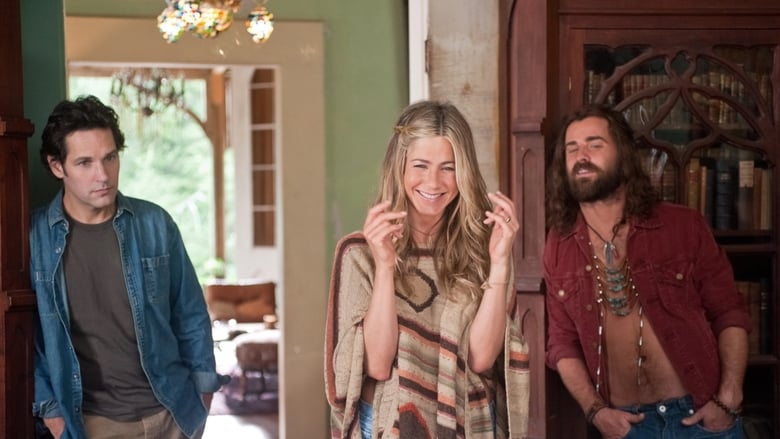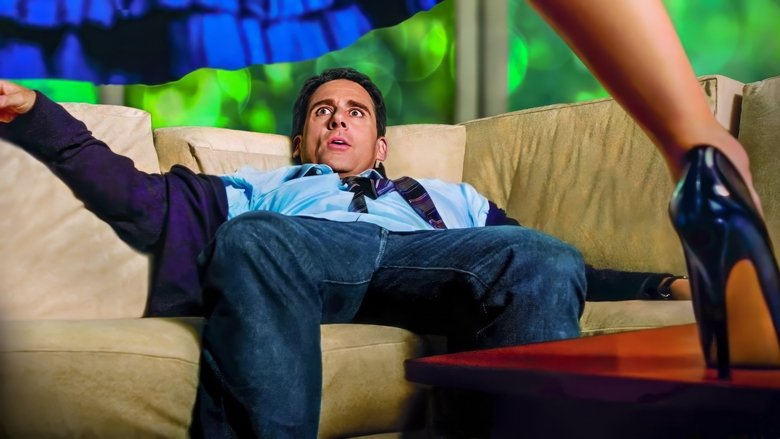Dr. Tony Flagg's friend Steven has problems in the relationship with his fiancée Amanda, so he persuades her to visit Tony. After some minor misunderstandings, she falls in love with him. When he tries to use hypnosis to strengthen her feelings for Steven, things get complicated.


Similar titles
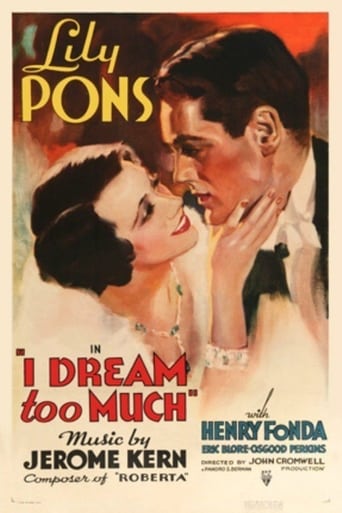
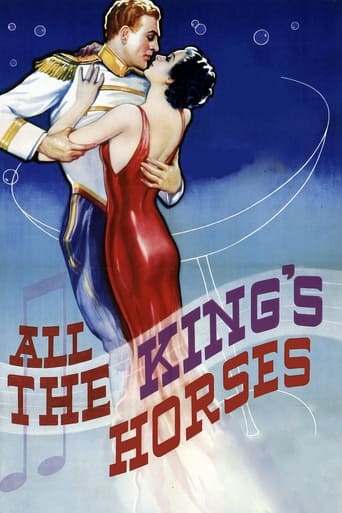
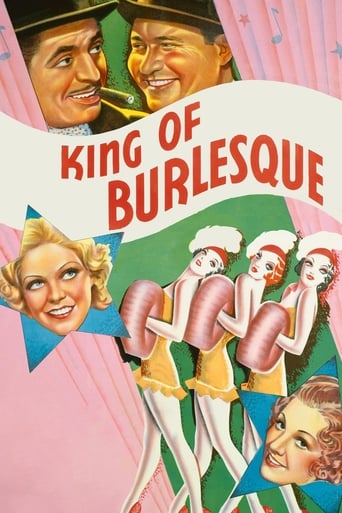
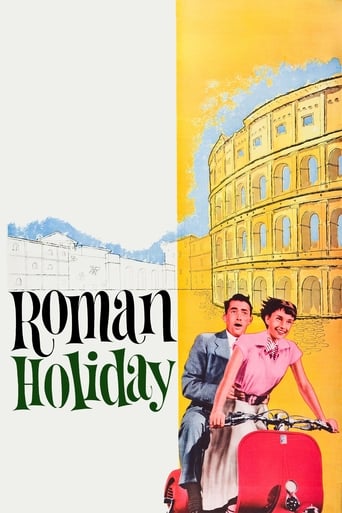
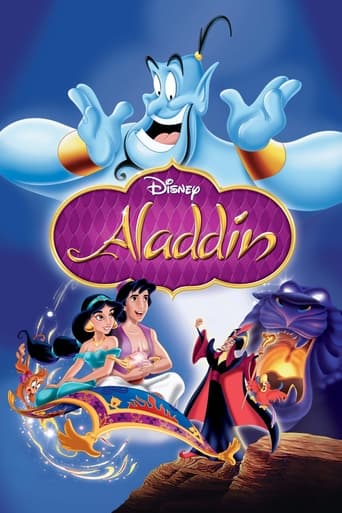

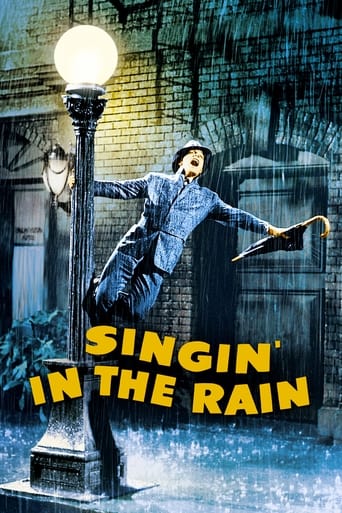

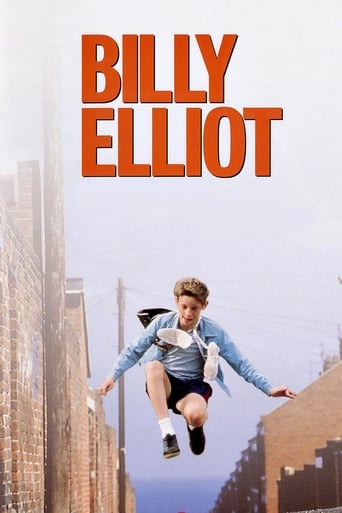

Reviews
. . . created the Mom and Pop scheme for American Franchise Chains so that he could become a Billionaire (along the lines of current White House Resident Rump), giving him the freedom to "sample the goods" (or, in Rump's terminology, "Grab their pies," though the actual Presidential lingo uses a different P-word besides "pies" that common average normal people are not allowed to use in public) in order to swipe a more suitable "Trophy Wife" from one of his franchisee Pops while dumping the original spouse who Brung him to the Dance of Big Money (again inspiring Rump), CAREFREE does for Psychiatry what Kroc and Rump have done for billionaires. When you're a shrink, you can use your Tools of the Trade (hypnotism, the Power of Subliminal Suggestion, etc.) to have the patient of your choice Shrunkwrapped to go (bow and all)--even if she's your best friend's girl. Fred Astaire's treatment of Ginger Rogers in CAREFREE is enough to make Bill Cosby look like a courtly gentleman in comparison. Fred and Ginger fans will need a dialog-free alternate audio track to really enjoy CAREFREE.
This movie, made at the zenith of Astaire and Roger's popularity, is one of their lesser works—especially given the time in which it was made. They had already made: Flying Down to Rio (1933), The Gay Divorcée (1934), Roberta (1935), Top Hat (1935), Follow the Fleet (1936) and Swing Time (1936), and Shall We Dance (1937). The movie (Carefree) would be followed by The Story of Vernon and Irene Castle (1939) and later, The Barkleys of Broadway (1949). So this would be the 8th of their 10 movie dancing projects together.As the movie opens, we see Steve Arden (Ralph Bellamy) in what would become one of his best stock straight-man roles, that of the want-to-be husband waiting to marry the movie's leading lady, who invariably ends up with the film's leading man. This is a role that he had held in Leo McCarey's The Awful Truth (1937) and would later hold in Howard Hawks' His Gal Friday (1940), losing the leading lady to the Cary Grant it both cases. In this case, his would-be wife is Amanda (Ginger Rogers). Since Steve fails to get Amanda to the alter, he calls on his old friend and psychoanalyst Tony Flagg (Fred Astaire) to help persuade her to overcome her lack of commitment to him. As Amanda and Steve's friends and family—I loved Luella Gear's dry humor as Amanda's Aunt Cora--following Tony and Amanda around to see how he is progressing with the persuasion. The movie takes us from place to place where a lot of singing, dancing, and comedy unfold. The most memorable song in the movies is Irving Berlin's 'Change Partners and Dance.'Another memorable moment is the dance that Astaire did at the driving range while hitting golf balls as part of the routine. Fred and Ginger had a couple of memorable dances in the movie: A swing number called 'The Yam,' and a slow motion dream sequence, 'I Used to Be Color Blind. The latter was a sequence that was OBVIOUSLY meant to be shot in color and wasn't due to RKO's budgetary restrains at the time.
Many have described this movie as a screwball comedy. It is far too lumbering in it's pace, dialog and timing to be any such thing.It has a few good musical numbers in it that break up the tedium, but wastes a fine cast in beyond ridiculous situations. Ginger Rogers looks fantastic but her attempts at comedy while her character is under anesthesia look like a community theater amateur trying to be funny. Embarrassing. Same thing in her scene with Fred Astaire, as a psychiatrist, where she invents a dream to convince him she needs her help. The lines aren't funny,Rogers looks as if the director told her to improvise and the audience gets the message that her improvisational skills are all in her feet.Not good. And not amusing in any way.For prime examples of screwball comedy seek out My Man Godfrey, Bombshell. or more recently What's Up Doc. Any earlier Astaire/Rogers movie will do as well.The musical numbers are what one would expect and certainly up to the pair's skills. The rest of it could have used a good editor. Or writer. Your fast forward button will have to do.Better than many but a stinker for these two.
As with most movie franchises, the later Astaire-Rogers vehicles are repeated attempts to keep the formula fresh without losing the original magic. With its altered settings and characterisations, and an emphasis on comedy over music, Carefree was the biggest departure of the series thus far.This was the first of these pictures in which the duo do not play the part of dancers, Fred being a psychiatrist and Ginger his patient. Psychoanalysis was then vogue-ish, and the idea of the female patient falling for the doctor was already something of a cliché. And yes, it is Ginger this time who goes chasing after a hard-to-get Fred. It shows a marked shift from the usual harassment-cum-romance which usually stood in for a love angle in these movies, something which was particularly odious and unnatural in the first proper Ginger and Fred movie, The Gay Divorcée. Having said that, the final image of Ginger going up the aisle with a black eye is rather sickening even though its context is more innocent than it appears.Both Astaire and Rogers adapt competently to their new types and these are some very fine performances from them both. Astaire shows his finest dramatic nuances to date, and Rogers brings out a flair for comedy. The opportunities for dancing are sadly fewer here, but choreographer Hermes Pan has eschewed the increasing spectacle of the last few movies for numbers that are more intimate yet still inventive. Fred's golf routine is simply delightful, and the dream sequence for "I Used to Be Color Blind" is the one touch of classic Fred and Ginger beauty, with an elegant slow-motion segment that works surprisingly well. It's a pity the number wasn't shot in Technicolor as was originally intended – that would have made it even more special.The very look of Carefree is different – gone are the Big White Sets and in their place are offices, studios and even the open countryside. This was the last Fred and Ginger movie handled by their most frequent director, Mark Sandrich. Sandrich's forte in these pictures was the smoothness with which he segued dialogue scenes into musical numbers, but the way the songs fit into the narrative here there's hardly any call for that. I am however very impressed with the tenderness he brings to the hypnosis scene.Carefree was a decent attempt to reinvigorate a series that had more or less run its course. It's not a bad little movie on its own terms, but its just doesn't feel quite like a Fred and Ginger movie should. For example, the lack of any Edward Everett Horton or Eric Blore is glaring. There is a small part by a young (and surprisingly slim) Jack Carson, who is rather funny and seems slightly more in tune with this setting, but the point is, Fred Astaire was always magnificently in tune with Horton and Blore. It demonstrates perhaps, more than anything, that top hats, tails, swanky hotels and butlers were now outdated in the musical (as they certainly were in romantic comedy as a whole). Carefree is kind of a noble effort of a transition movie, but it isn't really anything more than that, and it doesn't represent any kind of mould that Fred or Ginger could now settle into.
